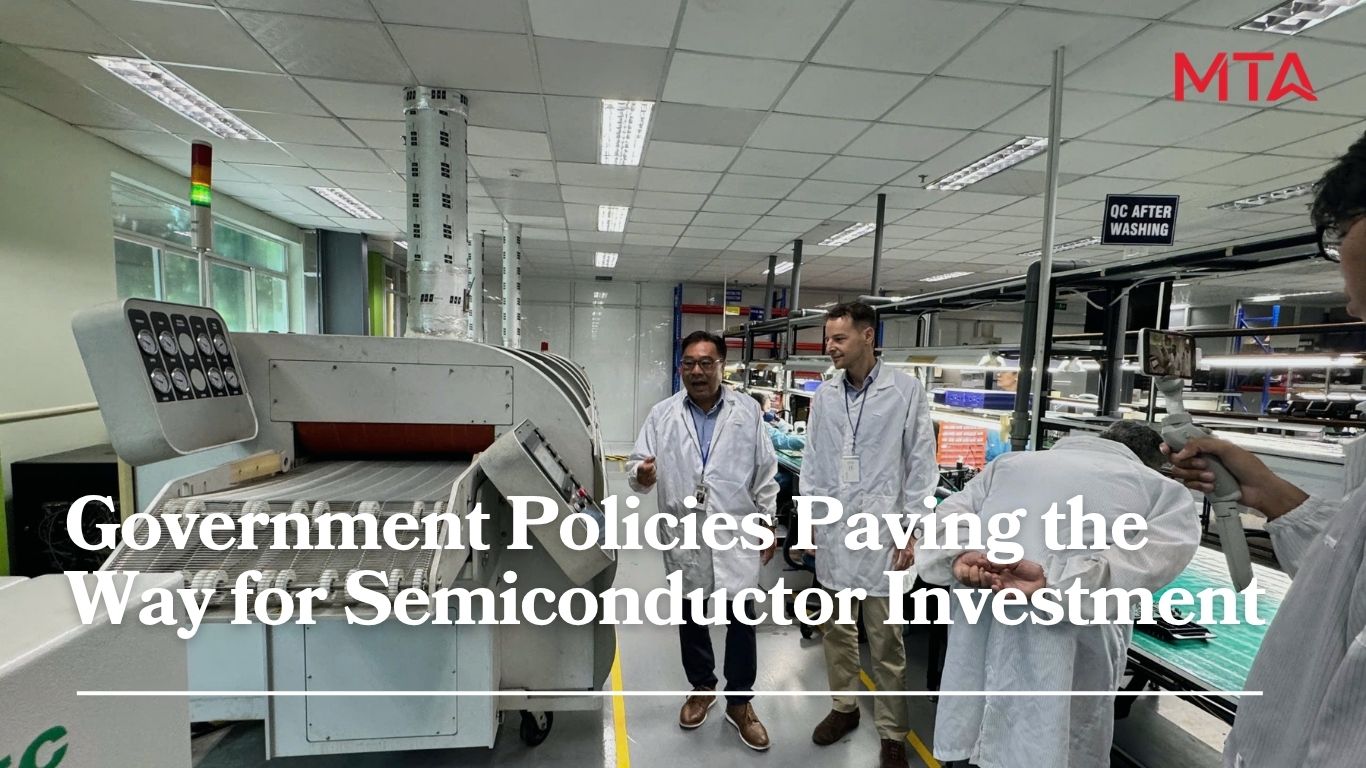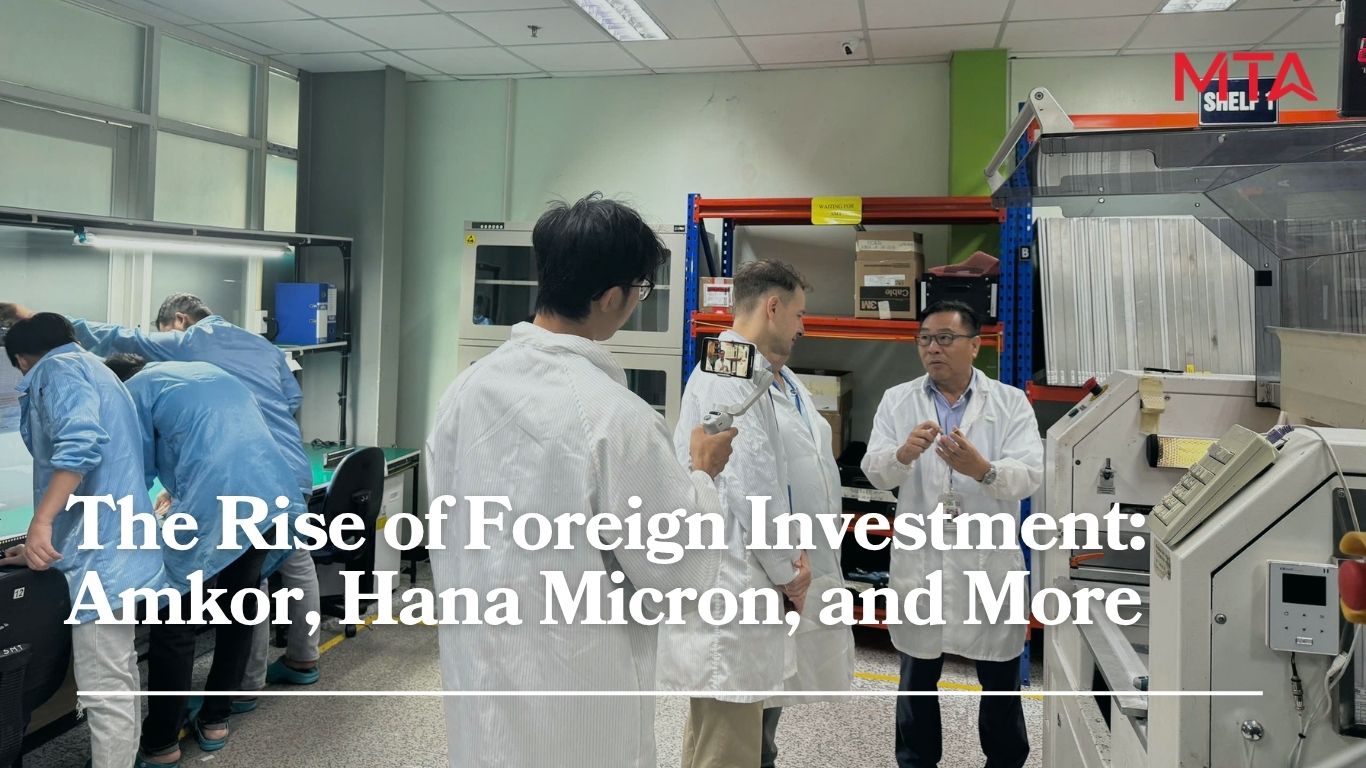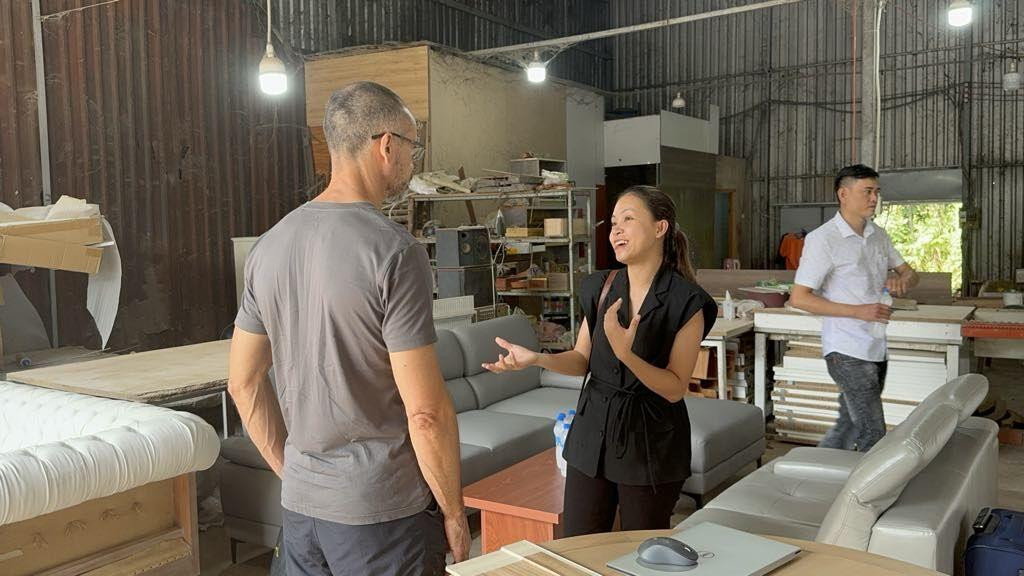As global manufacturers diversify away from China, Vietnam is quickly gaining attention not only for its competitive Electronics Manufacturing Services (EMS) but also for its growing ambition in the semiconductor space. While Vietnam’s EMS sector has matured in recent years—offering turnkey PCB assembly and box-build solutions—its semiconductor ecosystem is now evolving in tandem, signaling the country’s move up the global value chain.
From government-backed policies to foreign-invested packaging and testing facilities, Vietnam is laying the foundation for a robust semiconductor industry that complements its EMS growth. This article explores how Vietnam is strategically building its semiconductor ecosystem to support the future of electronics manufacturing.
Government Policies Paving the Way for Semiconductor Investment
Vietnam’s government has identified the semiconductor industry as a national priority. In 2023, the Prime Minister approved a roadmap for semiconductor development as part of its science and technology strategy through 2030. This includes:
- Preferential tax incentives for high-tech and R&D-related semiconductor investments
- Subsidies for training programs to develop local chip design and testing talent
- Investment in high-tech industrial parks, specifically tailored for electronics and semiconductors
- Efforts to integrate Vietnamese firms into regional semiconductor supply chains, especially in packaging and testing (OSAT)
These policies signal a strong top-down commitment to attracting both upstream (design, wafer fabrication) and downstream (OSAT) activities. By aligning national policy with the needs of multinational investors, Vietnam is positioning itself as a future-ready semiconductor destination in Southeast Asia.

The Rise of Foreign Investment: Amkor, Hana Micron, and More
A major boost to Vietnam’s semiconductor aspirations has come from global players setting up shop in the country.
- Amkor Technology, one of the world’s leading OSAT companies, began construction of a $1.6 billion advanced semiconductor packaging and test facility in Bac Ninh province. The plant is expected to begin operations by 2025 and will specialize in advanced system-in-package (SiP) and memory products.
- Hana Micron, a South Korean semiconductor company, has already invested over $600 million in Bac Giang province, focusing on packaging and testing chips used in automotive and IoT devices. The company has announced plans to expand production and boost local hiring in the coming years.
- Other players such as Intel, which operates one of its largest global assembly and test facilities in Ho Chi Minh City, are also scaling up operations and partnering with local subcontractors for specialized services.
These high-profile investments bring not just production capabilities, but also technology transfer, supplier development, and human resource upskilling—all vital components for building a self-reliant semiconductor ecosystem.

OSAT Facilities: Strengthening the Downstream Semiconductor Segment
One of the most realistic and strategic entry points for Vietnam into the semiconductor value chain is the OSAT segment (Outsourced Semiconductor Assembly and Testing). Unlike wafer fabrication, which requires massive capital and deep technical infrastructure, OSAT facilities are more adaptable to Vietnam’s current capabilities.
With factories like those of Amkor and Hana Micron, Vietnam is now offering:
- Chip packaging and assembly for automotive, consumer, and telecom electronics
- Wafer-level and die-level testing, supporting quality assurance for global OEMs
- System-in-Package (SiP) solutions for miniaturized, high-performance devices
These capabilities are crucial in reducing the lead time between chip fabrication and final PCB assembly—particularly valuable in EMS production cycles that demand speed, flexibility, and high reliability.
Strengthening the Link Between PCB Assembly and Semiconductors
Vietnam’s expanding EMS industry—especially in turnkey PCB assembly (PCBA)—requires a consistent and localized supply of semiconductors and ICs. Traditionally, these have been imported from China, Taiwan, or Korea, creating supply chain bottlenecks during global disruptions.
With OSAT facilities now located inside Vietnam, EMS providers can benefit from:
- Shorter lead times for semiconductor components
- Better inventory control and reduced shipping costs
- Enhanced quality assurance through proximity and traceability
- Easier coordination for new product introduction (NPI) and prototyping cycles
This proximity between chip testing and PCB assembly helps OEMs achieve greater agility and cost efficiency, which are critical factors in industries like automotive electronics, medical devices, and IoT where timelines and precision matter most.
This synergy between local OSAT capabilities and advanced PCB assembly is already visible on the ground. For a real-world look inside a modern PCBA factory in Vietnam, check out our factory tour video, which showcases SMT lines, automated inspections, and box-build integration — all part of the ecosystem supporting Vietnam’s semiconductor ambitions.
Education, Talent, and Local Capability Development
To support its semiconductor ambitions, Vietnam is also investing in talent development. Partnerships between universities and global corporations are beginning to take shape, such as:
- Intel and local universities co-developing semiconductor-focused curriculum
- Government funding for engineering scholarships and R&D labs in chip design, MEMS, and materials science
- Support for vocational training in cleanroom operations, testing protocols, and automation systems for packaging facilities
This talent pipeline is essential for scaling not just production, but also innovation in IC design, embedded systems, and supply chain optimization.
Conclusion: A Semiconductor-Electronics Synergy Shaping Vietnam’s Future
Vietnam’s efforts to build a semiconductor ecosystem are not occurring in isolation—they are part of a larger strategy to elevate its role in global electronics manufacturing. With strong policy support, billion-dollar OSAT investments, and a clear link to its thriving EMS industry, Vietnam is creating a self-reinforcing growth engine.
As OEMs and electronics brands seek China Plus One alternatives, Vietnam stands out not only for its labor cost advantage but for its strategic integration of semiconductor packaging, PCB assembly, and turnkey EMS services.
For businesses looking to secure their electronics supply chains with greater speed, flexibility, and resilience—Vietnam may well be the next strategic frontier.


